
Think Bottled Water Is Safer Think Again

Think Bottled Water Is Safer? Think Again
When you grab a bottle of water, you’re probably assuming you’re choosing something cleaner, purer, and safer than what comes out of the tap. The sleek labels, mountain imagery, and promises of “ultra-purity” make bottled water look like the superior option.
But here’s the surprising truth: about 64% of bottled water sold in the U.S. comes straight from municipal water supplies — in other words, regular tap water poured into a bottle and sold at a premium.
Even more unsettling? Some companies do very little to treat the water before bottling it, and a few brands have been caught exceeding legal contamination limits. That leaves consumers paying more for a product that may not be any safer — and in some cases, could be worse.
Brands Under Scrutiny
Not all bottled water is created equal, and some brands have made headlines for the wrong reasons.
❌ Walmart’s Sam’s Choice
This brand has faced criticism after tests showed levels of contaminants that exceeded California’s bottled water safety standards. For a product marketed as “premium,” those findings raised serious concerns about oversight and quality control.
❌ Giant Food’s Acadia
Acadia has dealt with similar contamination issues. Reports suggest that certain batches contained impurities that question whether the water is as “clean” as the label claims.
These incidents highlight a bigger issue: a lack of transparency in parts of the bottled water industry. Attractive packaging often hides the fact that some products may pose health risks or fail to meet basic purity expectations.
Brands That Are Doing It Right
Fortunately, some companies take safety and transparency seriously and consistently share details about their sourcing and purification methods.
✅ Gerber Pure Purified Water
✅ Nestlé Pure Life Purified Water
✅ Penta Ultra-Purified Water
These brands have earned positive recognition for openly disclosing where their water comes from, how they treat it, and what quality standards they meet. In an industry filled with marketing hype, this level of honesty helps consumers make informed choices.
Bottled vs. Tap Water: Which Is Actually Safer?
On the surface, bottled water seems like the safer bet. But when you look closer, the answer isn’t so simple.
Here’s the twist: U.S. tap water is often safer—and far more strictly regulated—than bottled water.
🔍 Why?
-
The EPA (Environmental Protection Agency) enforces rigorous standards for public tap water systems.
-
Tap water is tested constantly for bacteria, chemicals, and heavy metals.
-
Utilities must provide yearly reports showing exactly what’s in the water.
Bottled water, however, is regulated by the FDA, which applies looser rules and requires far less testing. In some cases, bottled water plants are inspected less frequently than municipal water systems.
Research has also detected contaminants in bottled water, including:
-
Arsenic
-
Microplastics
-
Chemical byproducts from plastic packaging or treatment processes
So while the bottle may look pristine, what’s inside may not be as pure as advertised.
The Bottom Line
If you choose bottled water because you believe it’s cleaner or healthier, it may be time to reconsider. Many bottled waters are simply tap water packaged with clever marketing — sometimes carrying additional pollutants and always costing far more than what flows from your faucet.
Before buying bottled water:
-
Research the brand
-
Look for clear information about sourcing and purification
-
Don’t overlook your local tap — it might be safer, more sustainable, and just as refreshing
In many cases, the safest, smartest, and most affordable choice is the water already running through your home.
News in the same category

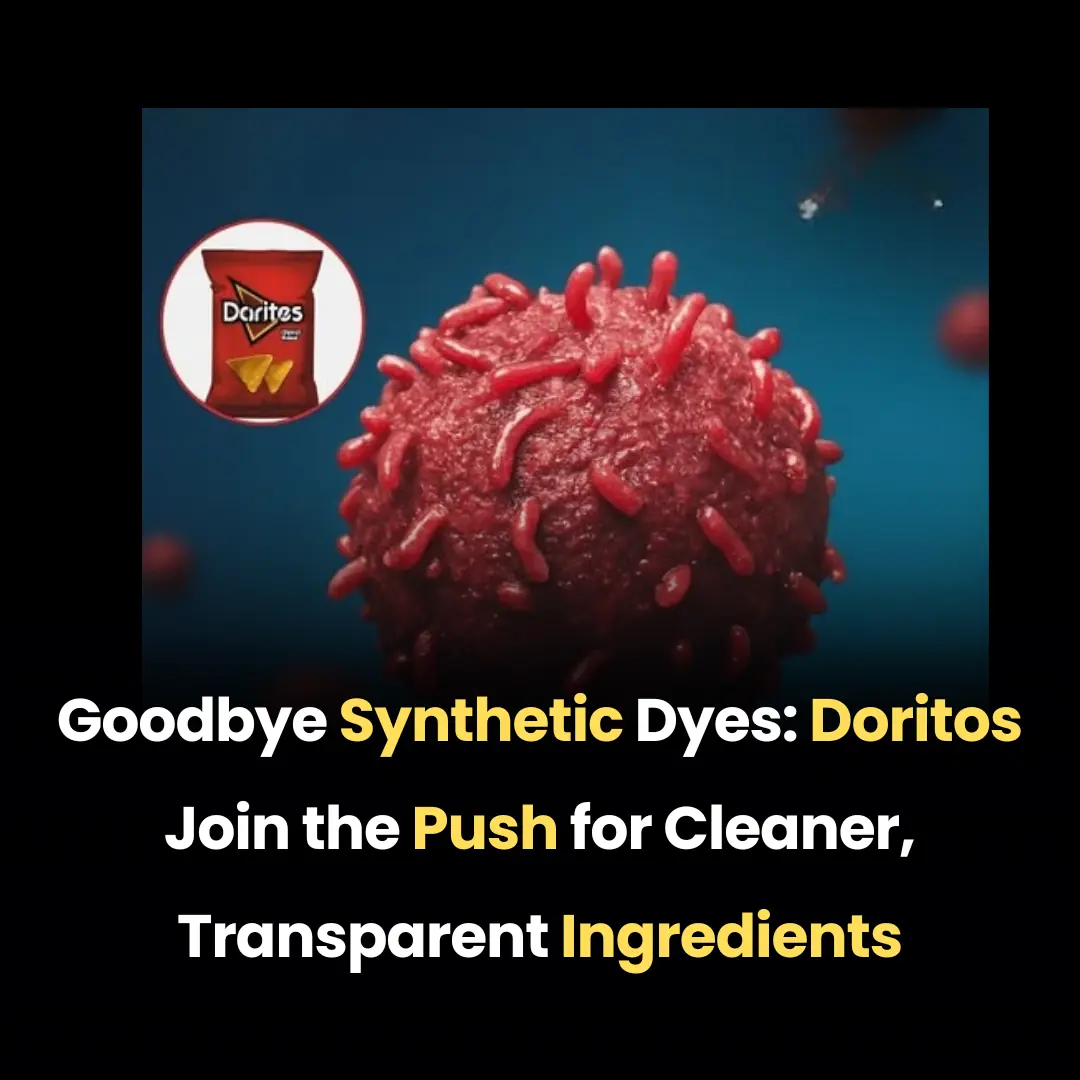
Goodbye Synthetic Dyes: Doritos Join the Push for Cleaner, Transparent Ingredients
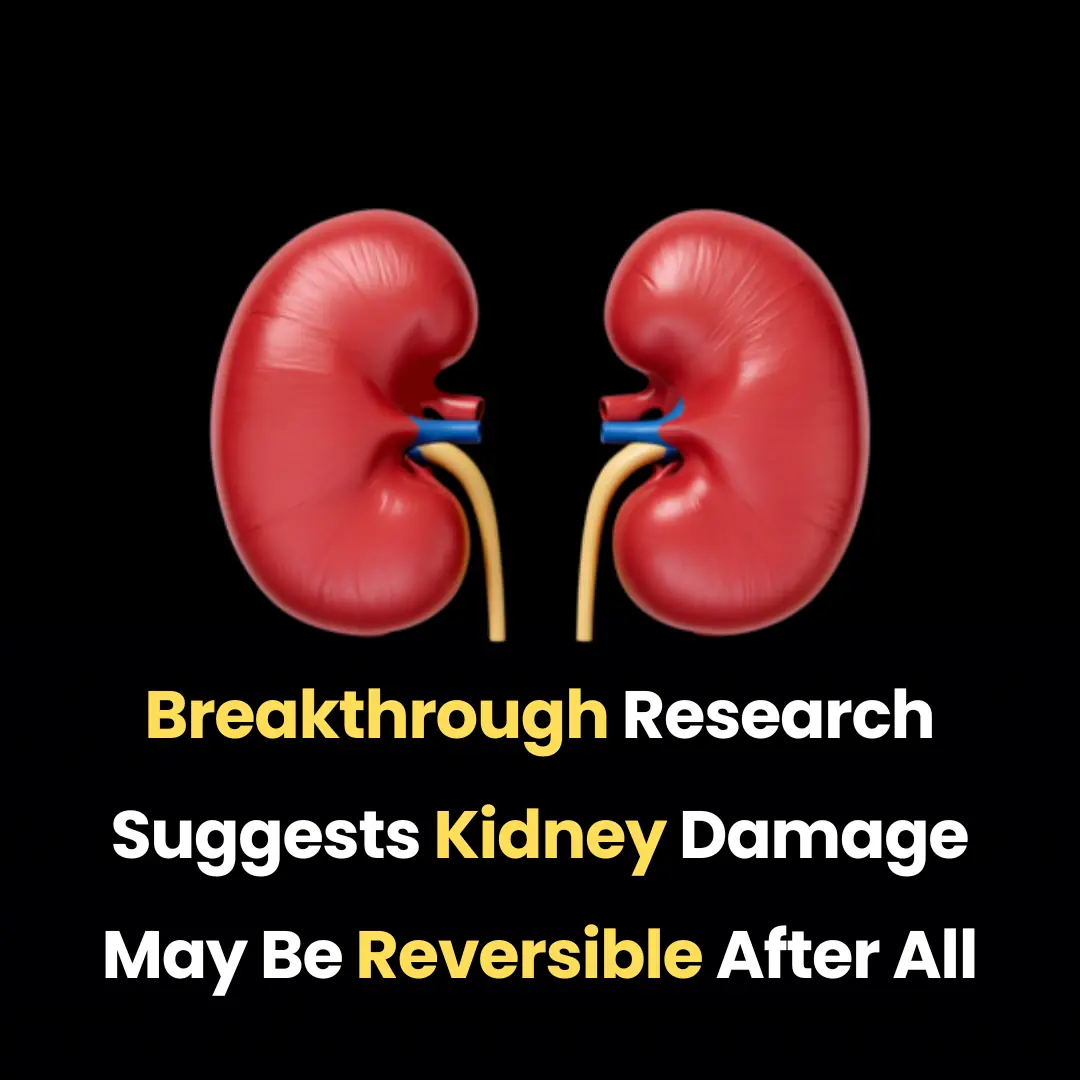
Breakthrough Research Suggests Kidney Damage May Be Reversible After All
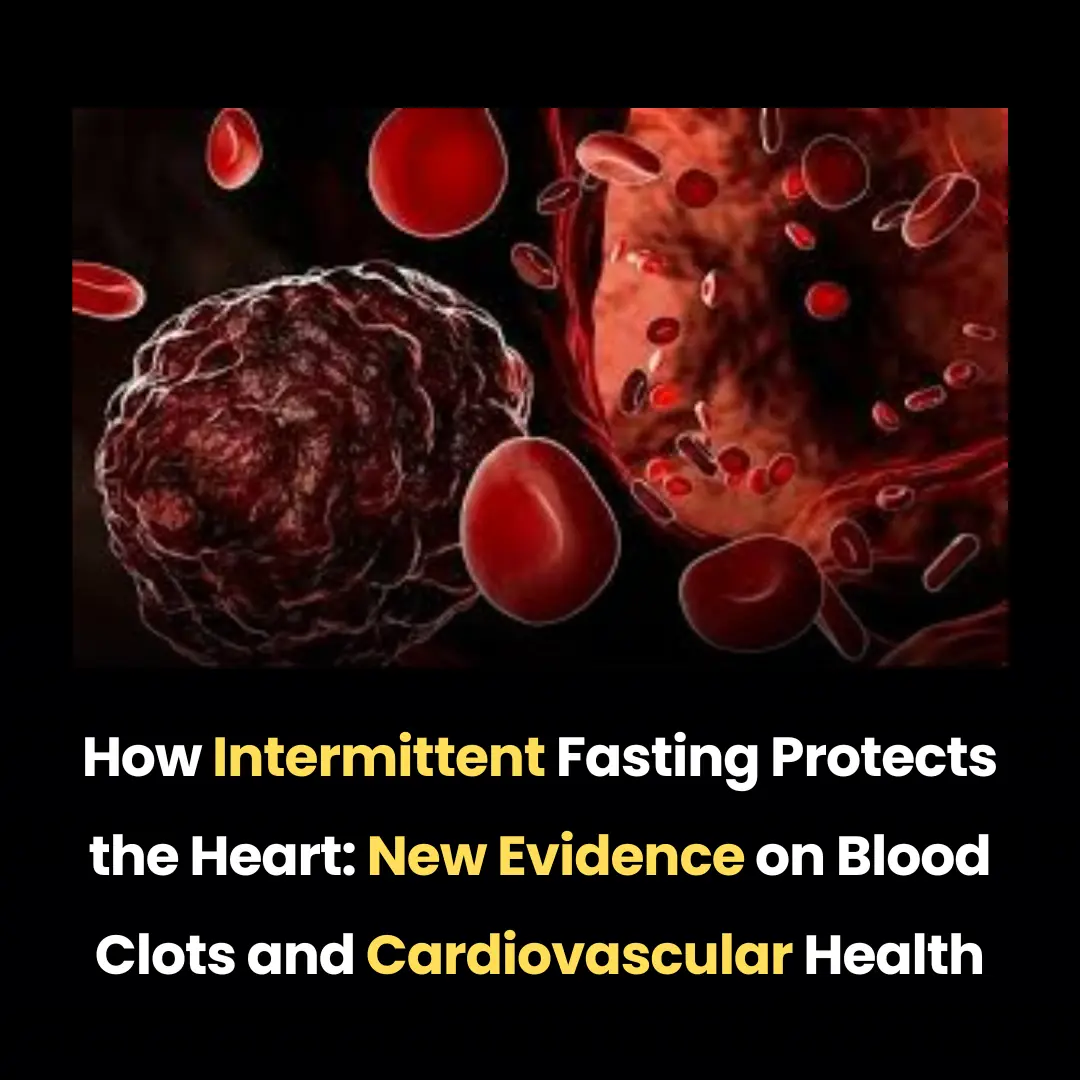
How Intermittent Fasting Protects the Heart: New Evidence on Blood Clots and Cardiovascular Health
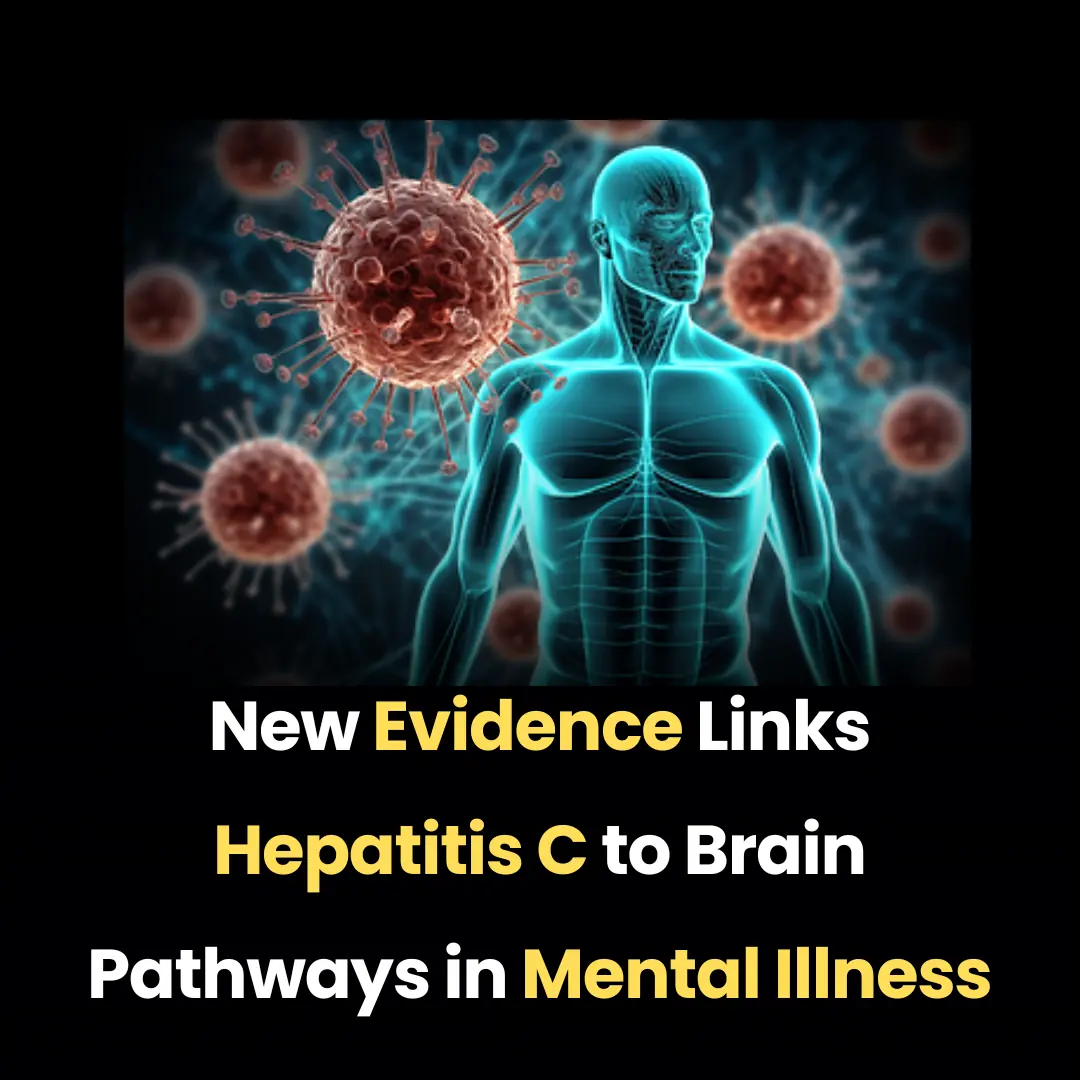
New Evidence Links Hepatitis C to Brain Pathways in Mental Illness
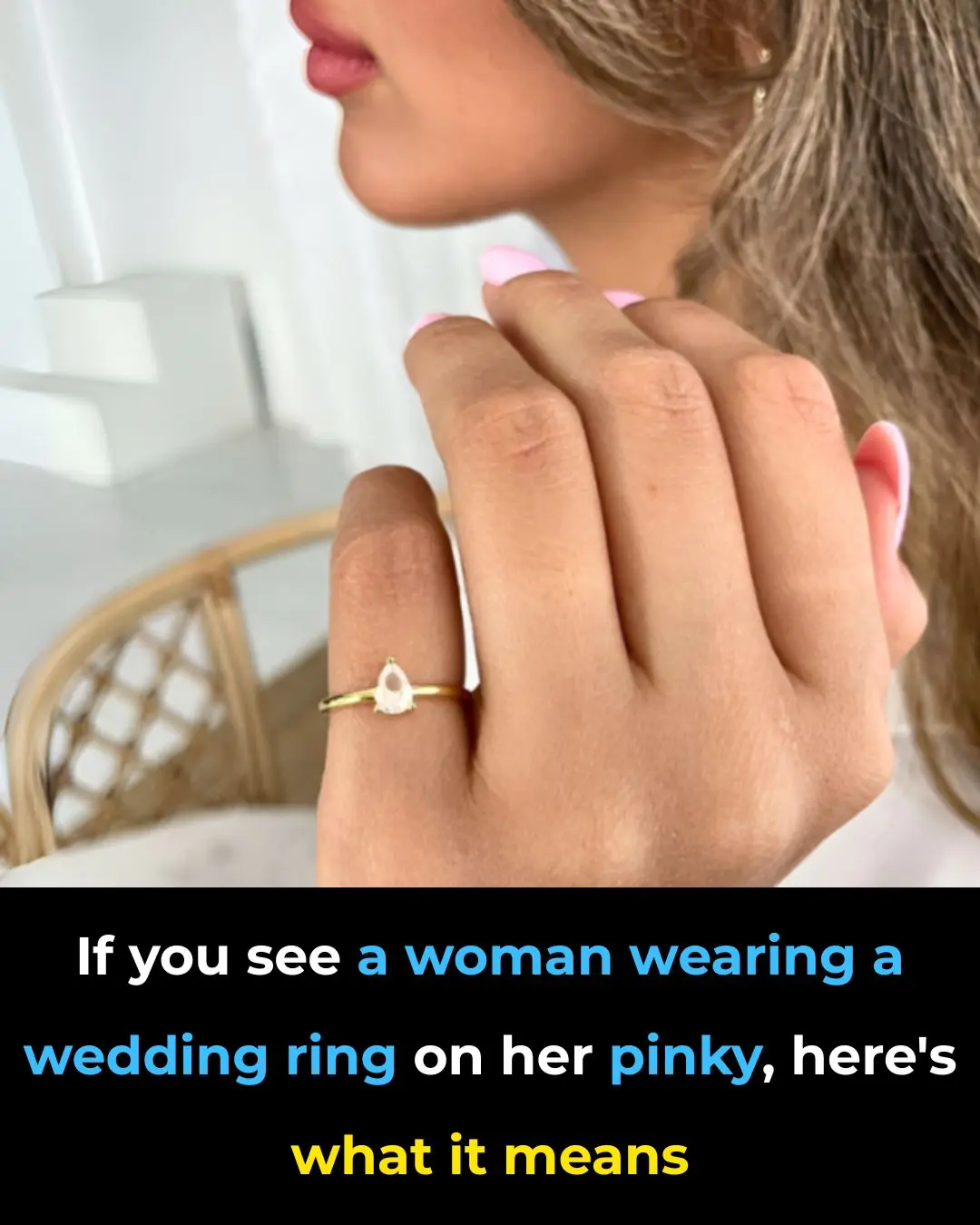
If You See a Woman Wearing a Wedding Ring On Her Pinky, Here's What It Means
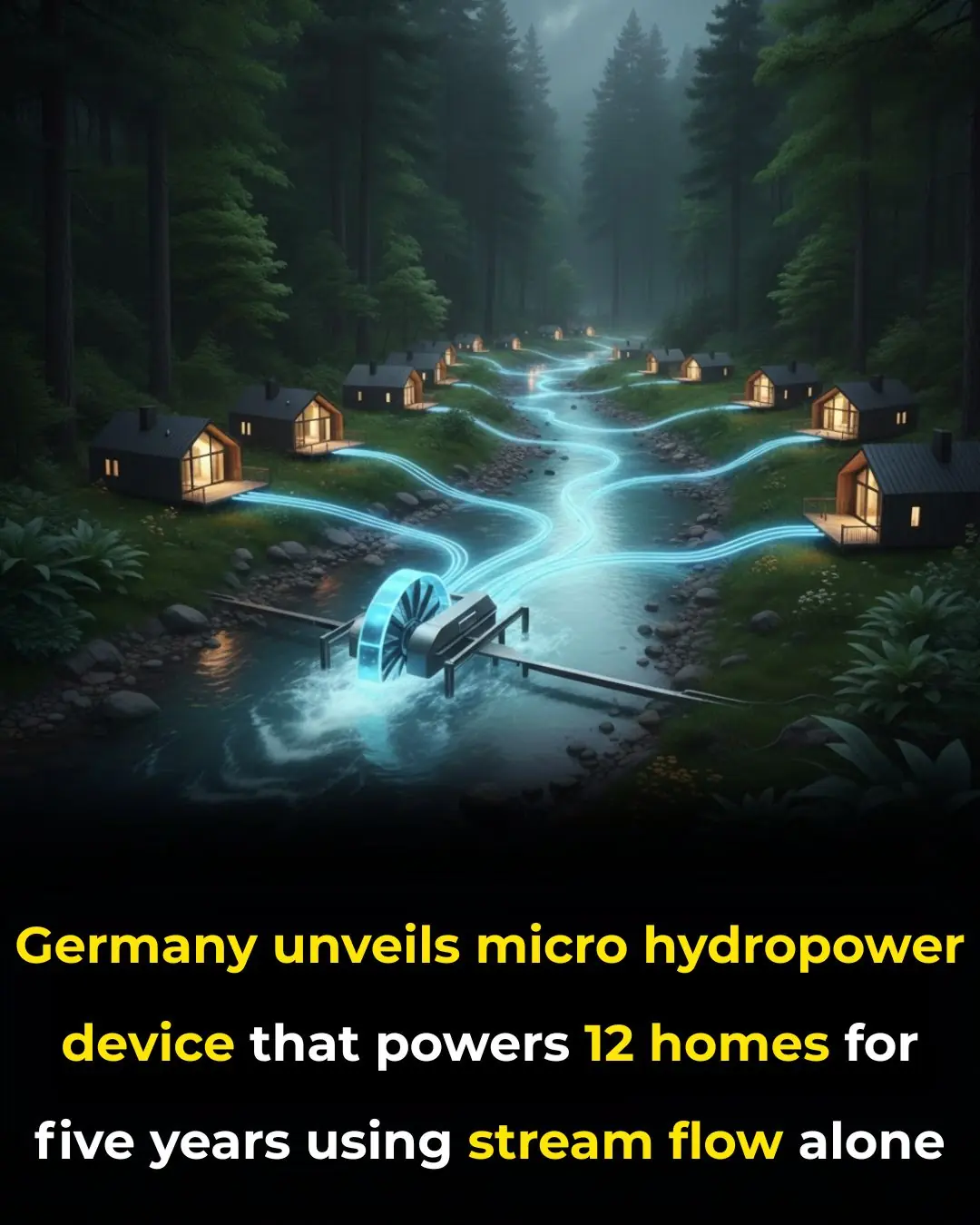
Reinventing Renewable Energy: Germany Launches Compact Turbine for Off-Grid Power

Rethinking Depression: New Brain-Imaging Research Reveals It’s More Than a Chemical Imbalance

Seventeen Years Lost: How a Look-Alike Helped Free an Innocent Man

You Must Live Without One Modern Comfort — Your Choice Reveals Who You Really Are
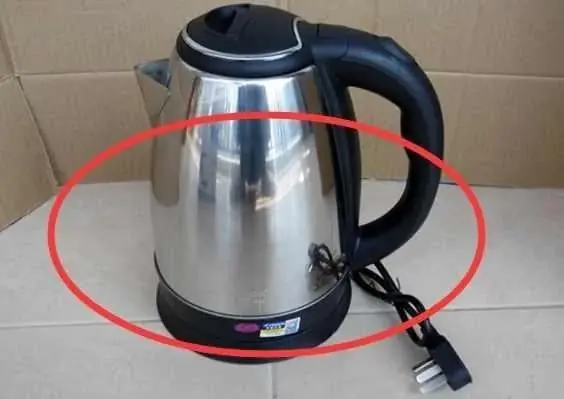
Why do foreigners use electric kettles so little even though they are very convenient?
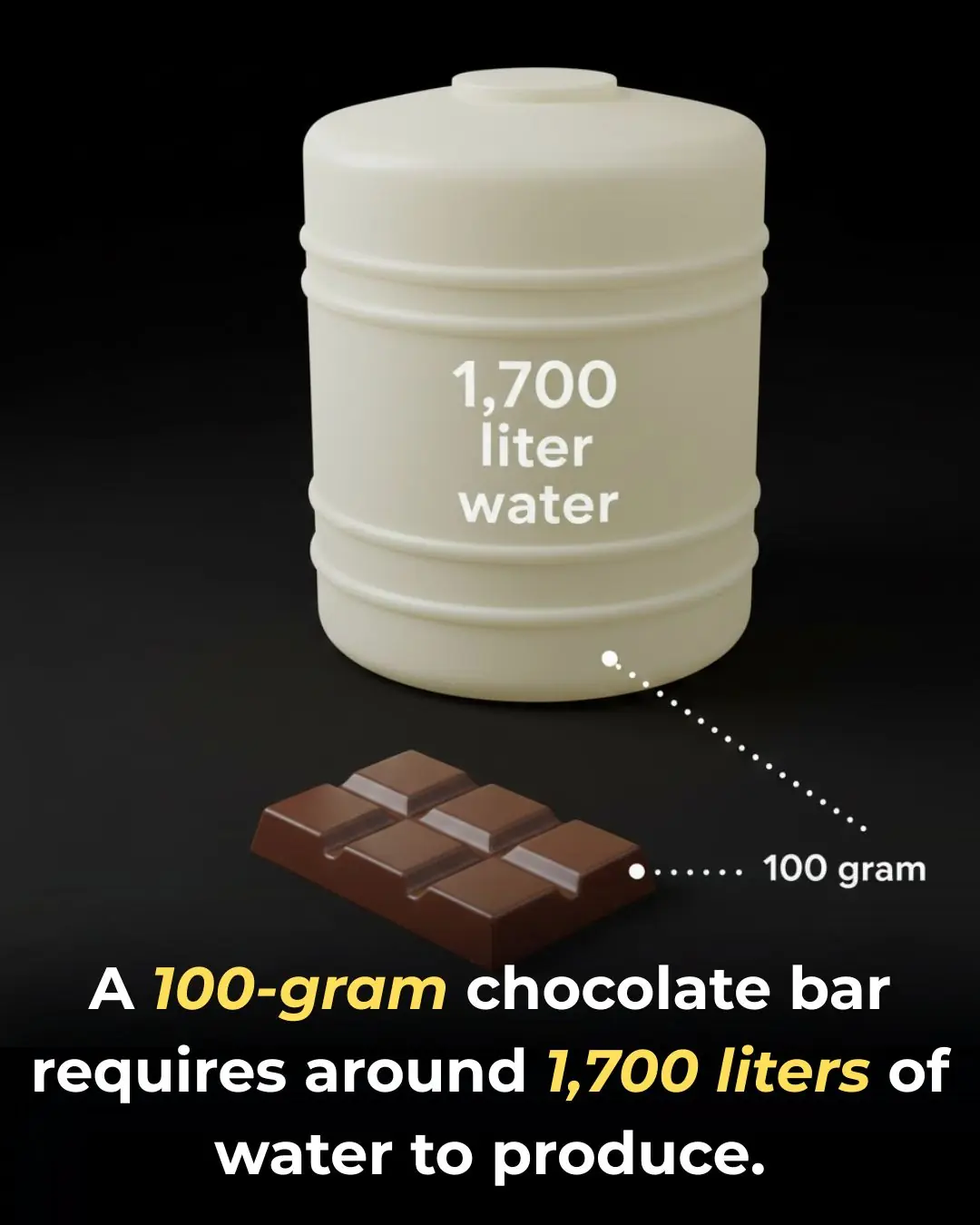
How Poor Sitting Posture Impacts Your Spine, Muscles, and Overall Health
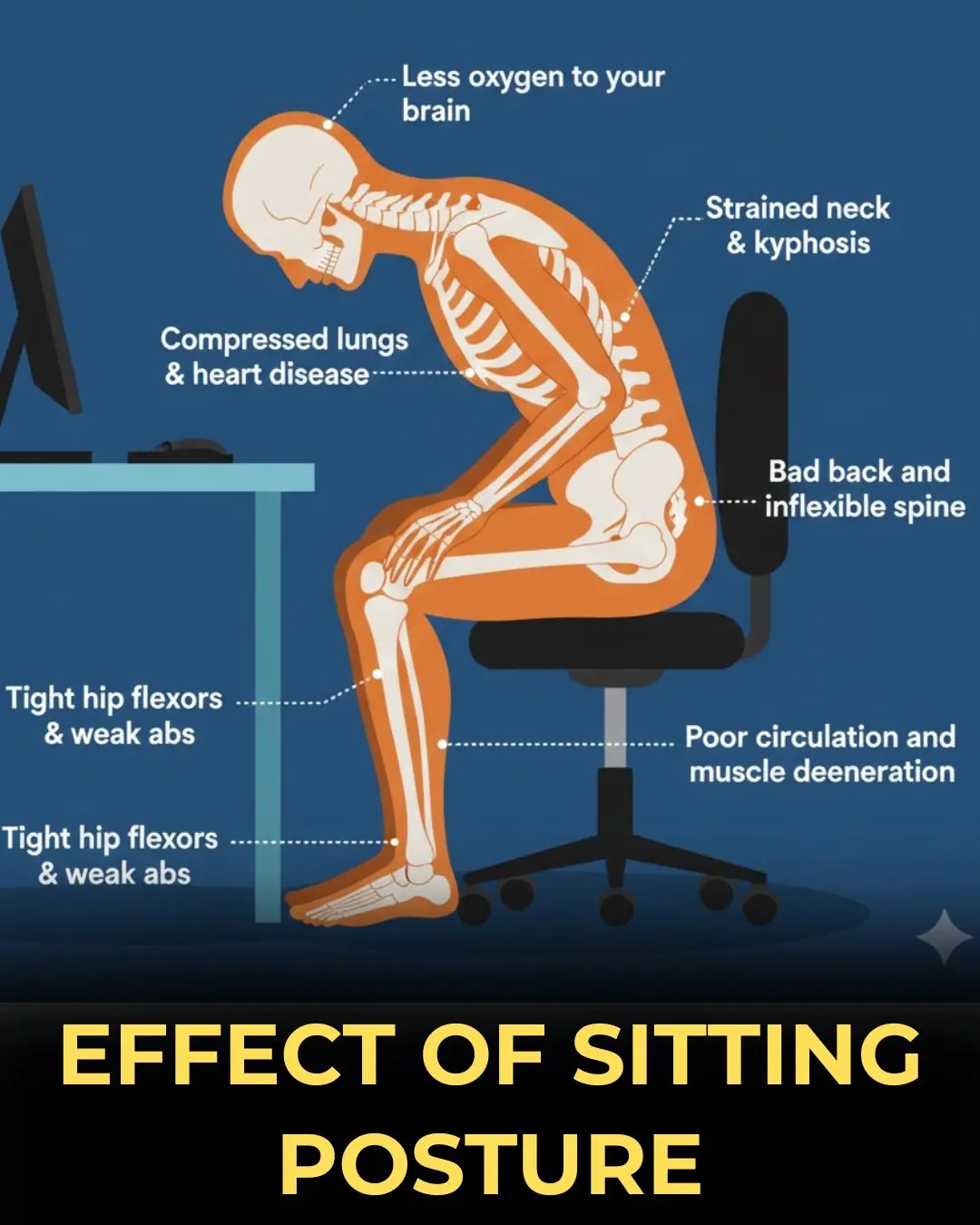
Understanding the Long-Term Consequences of Poor Sitting Posture
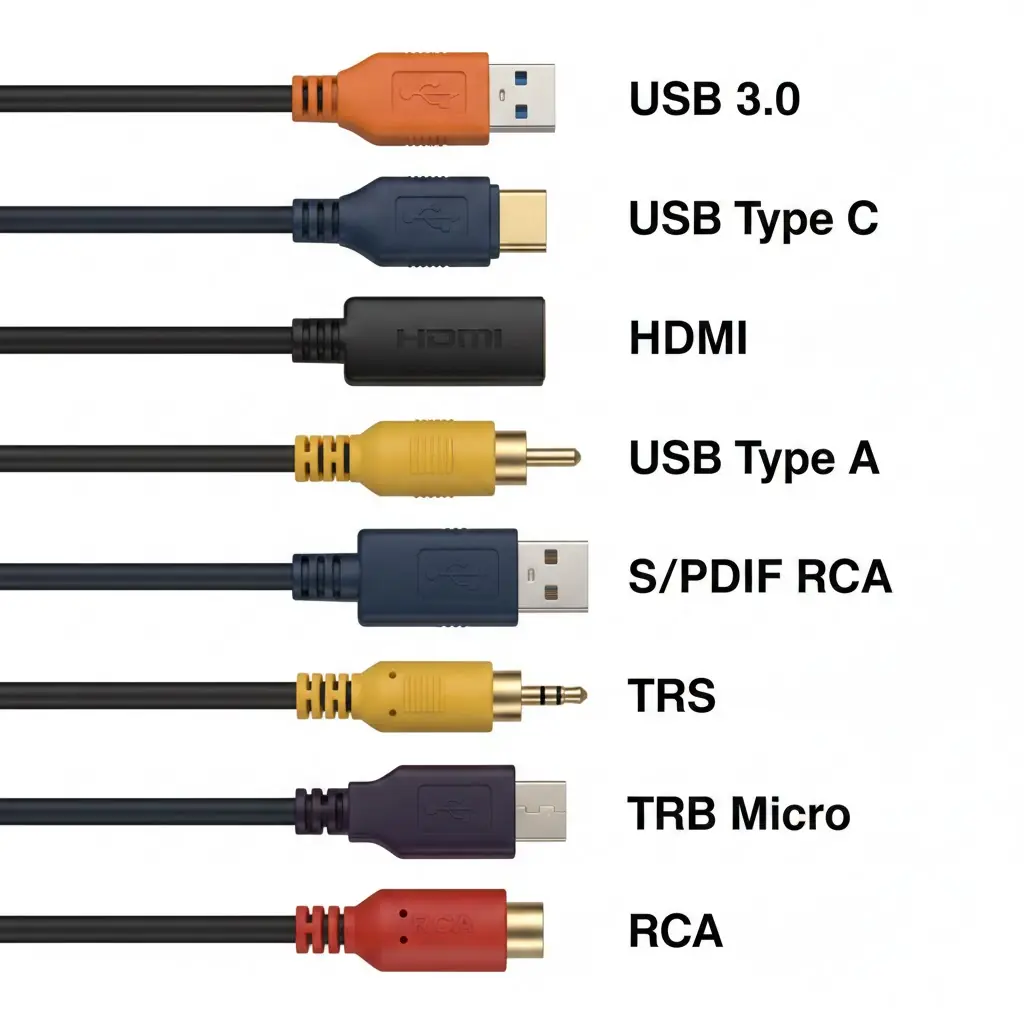
A Complete Guide to Common Cable Types and How They Keep Devices Connected
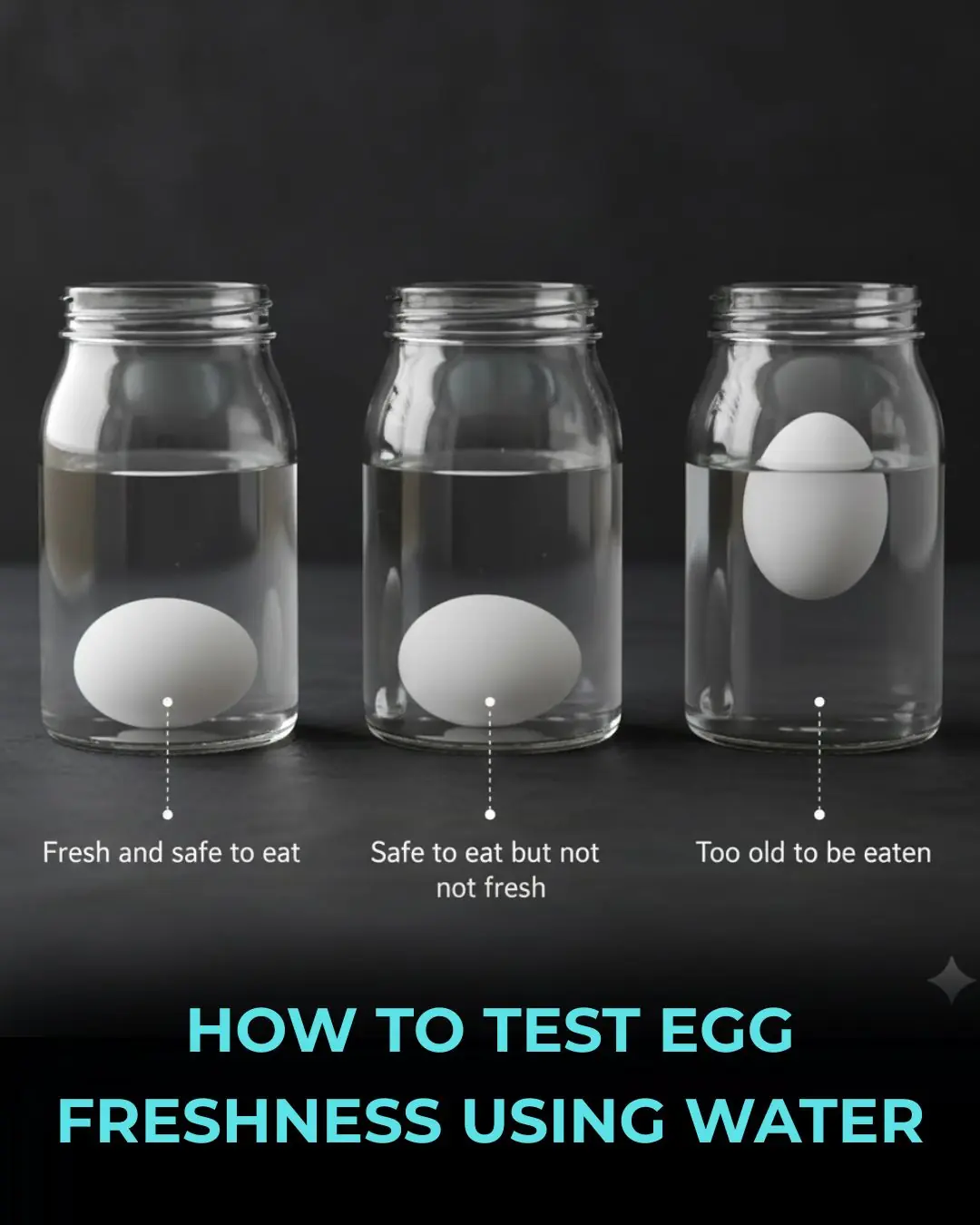
Egg Freshness Explained: What Sinking, Tilting, and Floating Really Mean
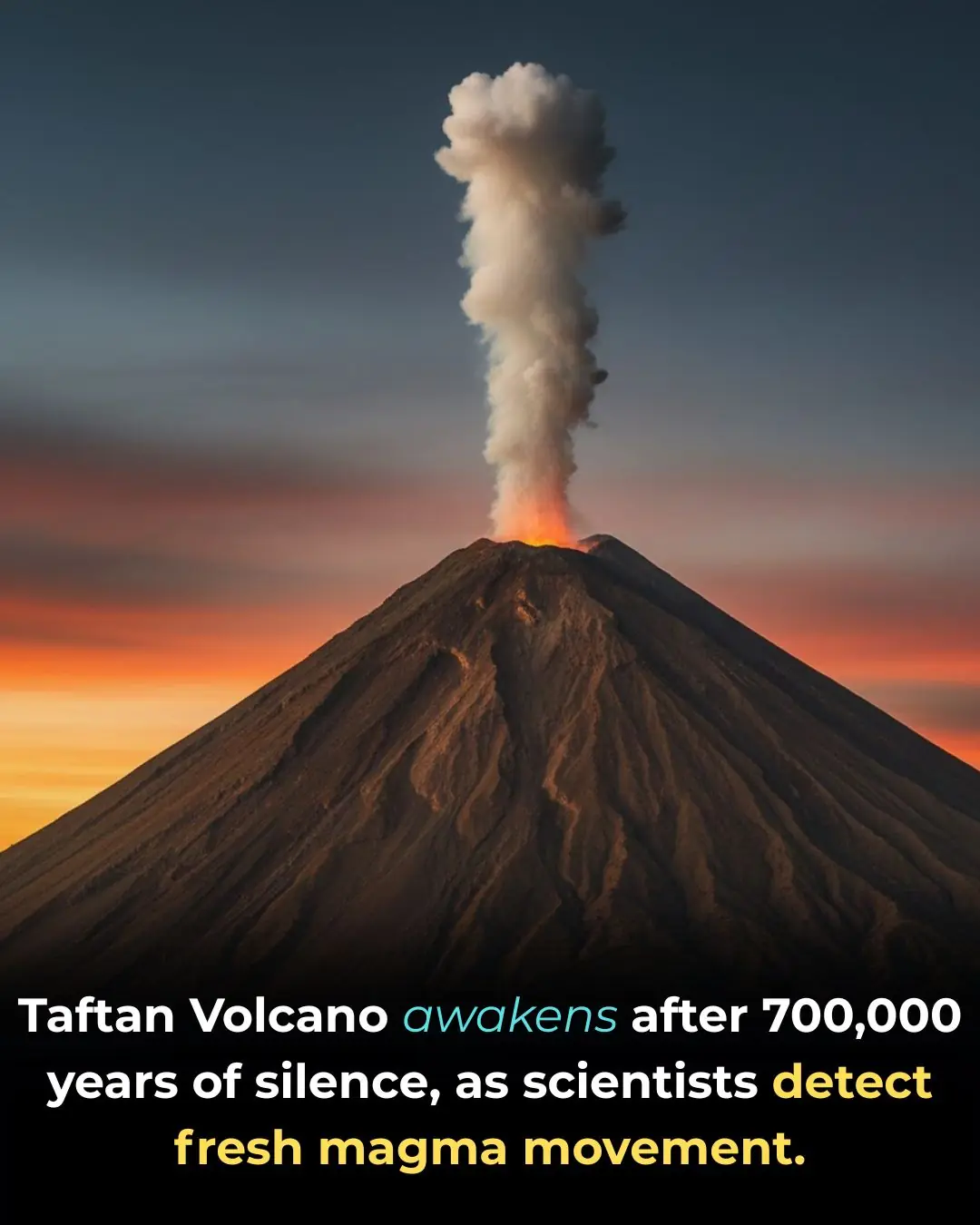
A Sleeping Giant Stirs: Taftan Volcano Experiences Uplift Driven by Shallow Gas Pressure

The Healing Power of Touch: How Hugs Support Emotional Balance and Immune Health

Can Eggs Protect Your Mind? Emerging Evidence Suggests a Cognitive Benefit
News Post

Injectable Gel Breakthrough Brings New Hope for Nerve Regeneration

Why Boiled Eggs Deserve a Spot on Your Breakfast Table

Goodbye Synthetic Dyes: Doritos Join the Push for Cleaner, Transparent Ingredients

Breakthrough Research Suggests Kidney Damage May Be Reversible After All

How Intermittent Fasting Protects the Heart: New Evidence on Blood Clots and Cardiovascular Health

New Evidence Links Hepatitis C to Brain Pathways in Mental Illness
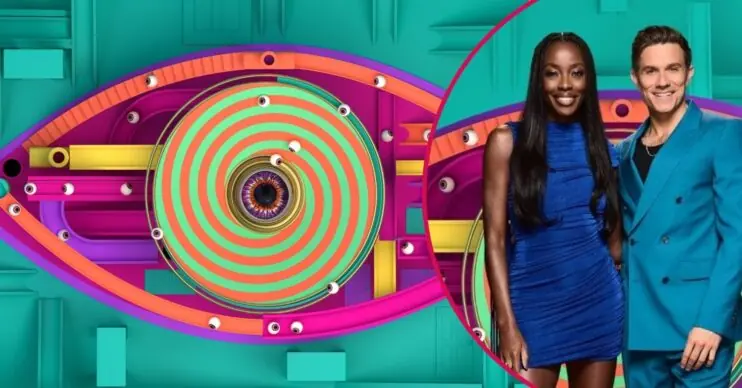
ITV breaks silence as Celebrity Big Brother is ‘axed from ITV schedule’

Peter Andre teases ‘special’ project with wife Emily: ‘We are having exciting meetings’
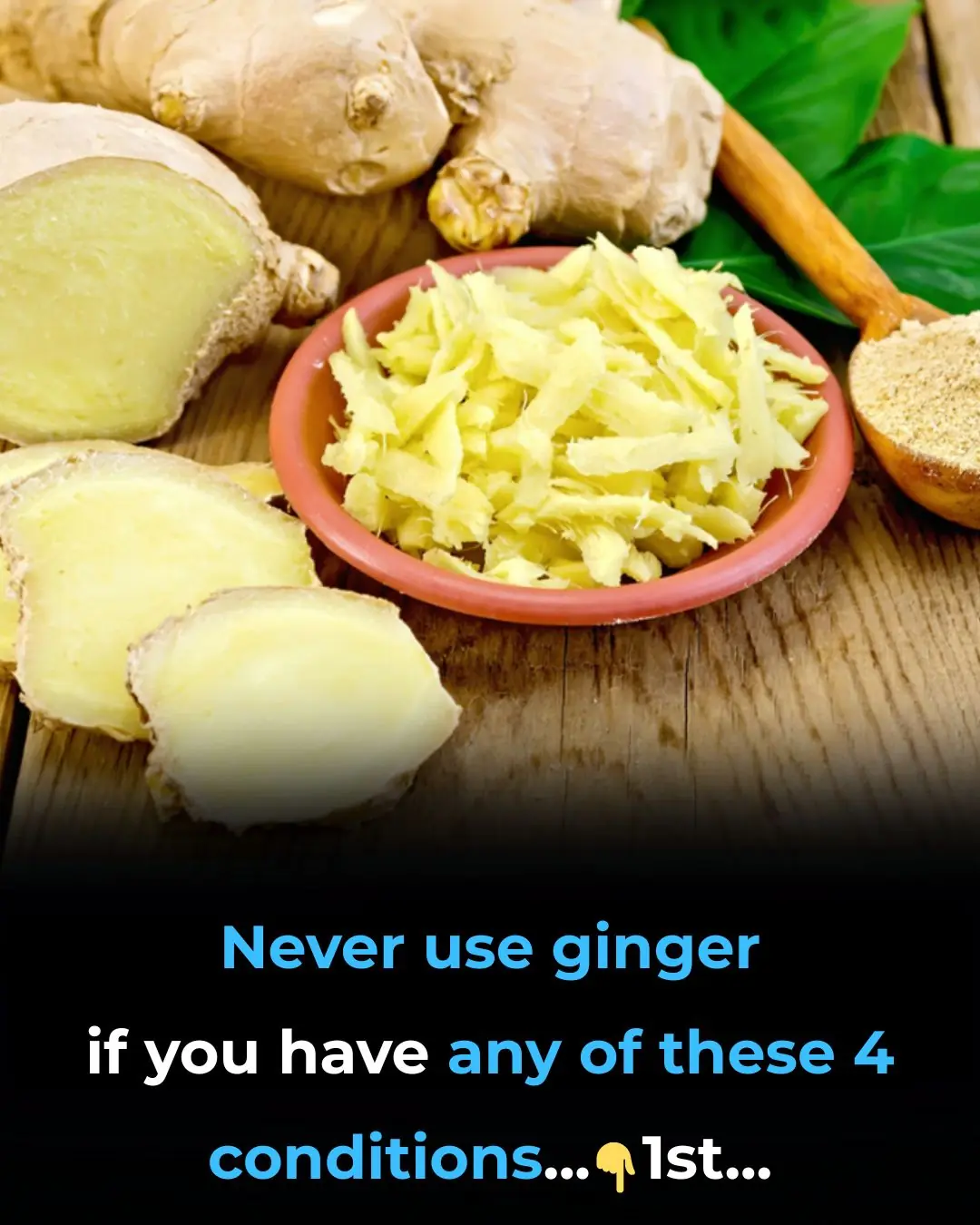
🚫 When to Avoid Ginger — 6 Medical Conditions That May Be Affected

What Happens to Your Body When You Eat Canned Tuna Every Day
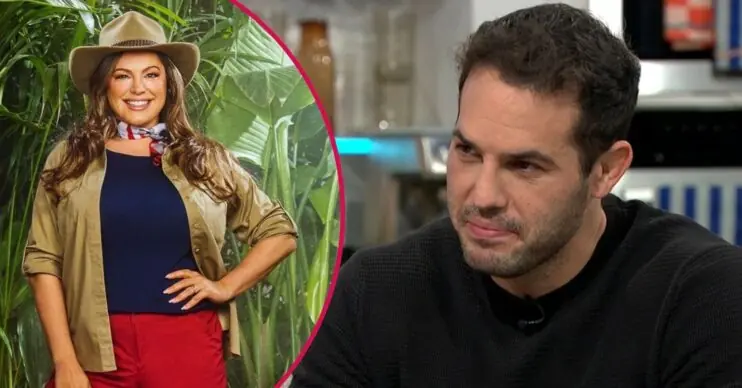
I’m A Celebrity star Kelly Brook’s husband reveals when he’s flying out to Australia
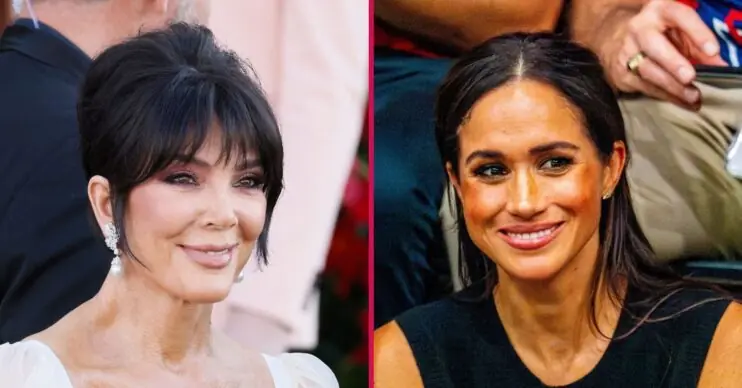
Kris Jenner shows support for Meghan Markle weeks after Kardashians photo scandal

Inside Angry Ginge’s ‘bromance’ with Angry Ginge – how they met; ‘going to war’ over diss track; huge ‘risk’ that ‘paid off’
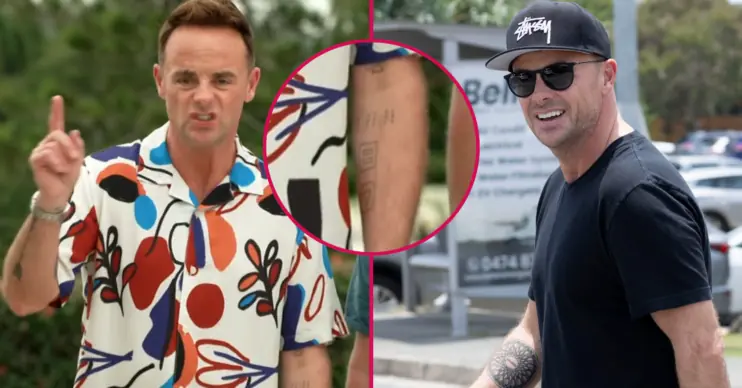
Ant McPartlin’s tattoos explained – tribute to wife Anne-Marie; uproar over ‘missing’ family member; nod to his recovery

Emmerdale disaster incoming: Bear’s fate ‘sealed’ as Joshua Richards makes devastating admission
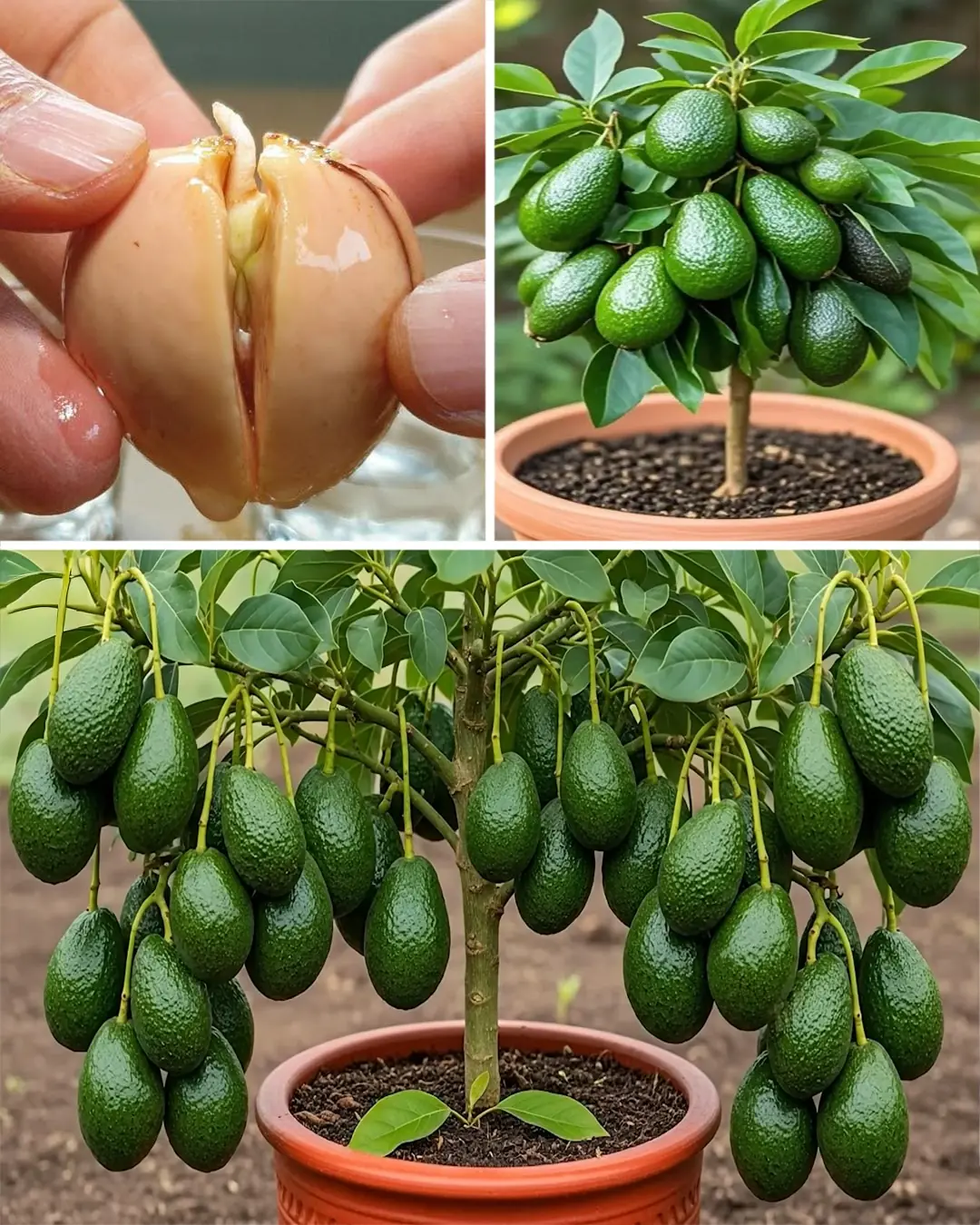
How Do Farmers Grow Avocado Trees

Robron plot Kev’s downfall – but Emmerdale fans declare they ‘love him’

If You See a Woman Wearing a Wedding Ring On Her Pinky, Here's What It Means

2-Minute Painless Hair Removal: Natural At-Home Solution
